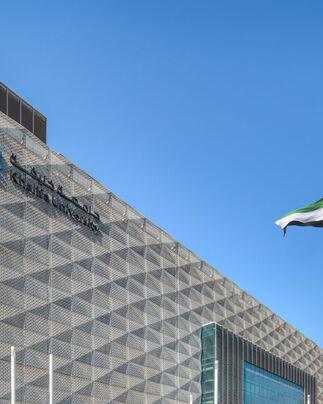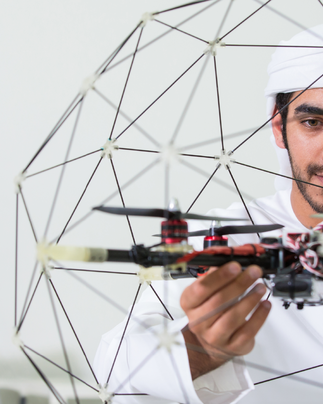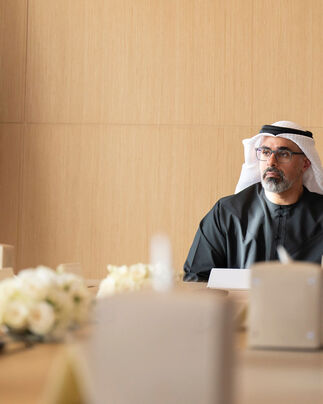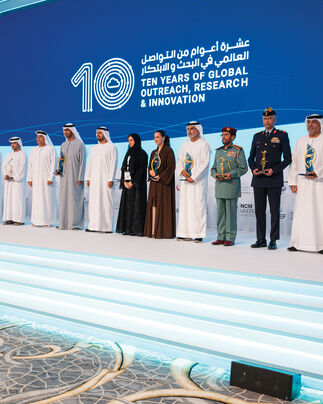Khalifa University of Science and Technology has announced that a team of scientists and researchers from its Environmental and Geophysical Sciences (ENGEOS) laboratory and the Earth Science department have deployed Snow Ice Mass Balance (SIMBA), a special instrument to study ice in Antarctica. This is the first time scientists from any academic institution in the UAE have deployed operational instruments on Antarctica.
The project, led by Khalifa University’s Dr Diana Francis, Head of the ENGEOS lab, and Assistant Professor of Earth Sciences, is supported by five researchers. Two scientists from the Australian Antarctic Division are also working with the Khalifa University team.
Professor Bayan Sharif, Provost of Khalifa University of Science and Technology, said: "We are honoured to be the first academic institution from the UAE to deploy this instrument to study sea ice formation and melting, aiding in better understanding the risk of rising sea levels. We are proud of this achievement and remain dedicated to pioneering innovation and scientific exploration, particularly in climate change. This initiative started in 2020, has successfully attracted international collaborations with those countries already present in Antarctica."
Sea ice in the Southern Ocean around Antarctica starts to form every year around May and reaches its maximum extent and concentration in July, in the middle of the austral winter. SIMBA was deployed strategically in April before the formation of sea ice starts in order to gain insights on the ocean and atmosphere characteristics before this critical phase.
Dr Diana Francis, Head of the ENGEOS lab, and Assistant Professor of Earth Sciences at Khalifa University of Science and technology, said: "Once the ice forms, it surrounds the instrument which continues to measure all the parameters in addition to the evolution with time of the sea ice thickness. When the melting season starts at the beginning of austral fall, once again the instrument is here to record the state of ice, water and atmosphere. This offers invaluable information about the ocean, ice and atmospheric conditions governing formation and melting of sea ice."
Antarctic sea ice plays the role of a protective band around Antarctica against waves and the ocean forcing on the glaciers. It exerts buttressing effects, slowing down the flow of ice from the interior part of Antarctica, the ice sheet and the glaciers, which contribute to rise in sea levels. Knowing the processes at play in sea ice formation and melting is crucial for better understanding of the risk in the rise of sea levels due to Antarctic ice.
Over 99.5 per cent of Antarctica is covered in ice, and the continent contains 90 per cent of the freshwater ice on the planet. Antarctic ice plays a critical role in regulating the Earth’s climate by reflecting the sun’s heat, providing a habitat for microscopic plants that absorb carbon, controlling global sea levels and generating cold, salty water that helps drive global ocean currents.










